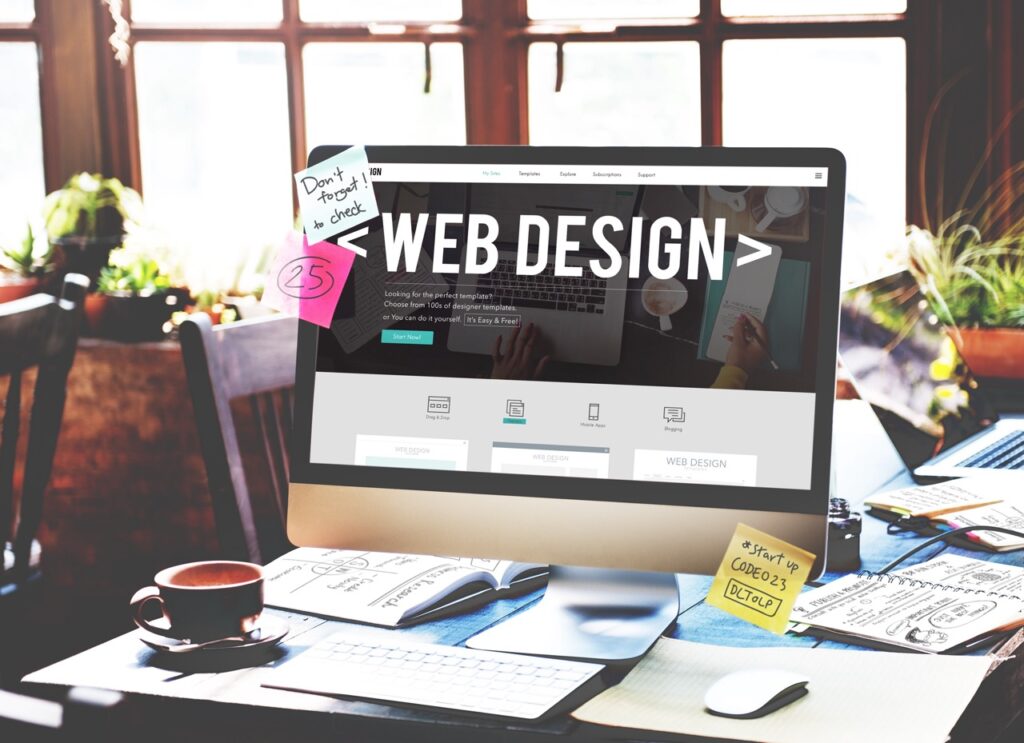
Making your website work for you.
We build websites that help you stand out from your competition and turn visitors into customers.
Whether you’re a new business or wanting to take an existing business online, our web design services are crafted to suit all budgets.
Are you stressing about finding someone to build your business a new website?
Worry no more. All our websites include everything you’ll need showcase your business online.
How Can We Help?
| MOBILE FRIENDLY WEBSITES | FIXED COST PACKAGES | FULLY MANAGED |
| FREE .CO.UK DOMAIN | PROFESSIONAL CONTENT | ON PAGE SEO |
Communicate your story,
attract customers and build loyalty.
First impressions count and in business you’re unlikely you’ll get another chance to make a good first impression.
Branding and great design will help create a singular look for your business which makes it much easier for potential customers to recognise, understand and get in touch with your business.
Here are some key elements and considerations involved in website design:
- Layout: This involves organising the content and visual elements on a web page, determining where different elements like text, images, and buttons will be placed. A well-structured layout helps users easily navigate the site.
- Graphics and Images: The selection and placement of images, graphics, and icons play a significant role in website design. They should be chosen carefully to enhance the site’s visual appeal and support its content.
- Colour Scheme: The choice of colours sets the tone and mood of the website. A harmonious colour scheme can help convey a brand’s identity and make the site visually appealing. It’s essential to consider colour contrast for readability.
- Typography: The selection of fonts and their use in headings, body text, and other elements can impact the readability and aesthetics of the website. Consistency in typography is crucial.
- Navigation: Designing an intuitive navigation system is vital for ensuring that users can easily move around the website. This includes creating menus, navigation bars, and clear links to various sections of the site.
- Responsive Design: With the increasing use of mobile devices, websites must be designed to be responsive, meaning they adapt to different screen sizes and devices. This ensures a consistent user experience across platforms.
- User Experience (UX): UX design focuses on making the website user-friendly and efficient. It involves considering how users will interact with the site, including factors like page load times, forms, and accessibility.
- Content Presentation: Effective website design involves presenting content in a structured and engaging way. This includes the use of headings, subheadings, bullet points, and other formatting elements to make content more scannable.
- Call-to-Action (CTA) Design: If the website has specific goals, such as encouraging users to sign up for a newsletter or make a purchase, CTAs must be designed to stand out and be compelling.
- Branding: Incorporating branding elements such as logos, taglines, and brand colours into the design is crucial to maintain consistency and reinforce brand identity.
- Accessibility: Ensuring that the website is accessible to all users, including those with disabilities, is a fundamental aspect of website design. This involves following web accessibility guidelines and making design choices that accommodate various needs.
Website design is a collaborative process that often involves designers, developers, and content creators working together to create a website that not only looks great but also functions effectively and serves its intended purpose, whether that’s to inform, entertain, sell products, or provide services.
